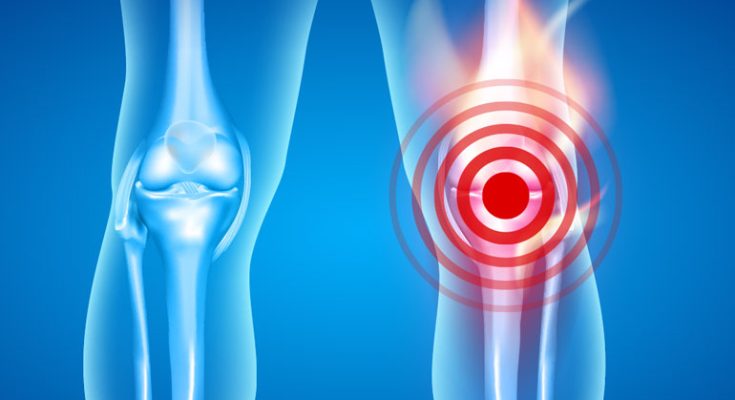Radiofrequency ablation is one of the innovative non-invasive procedures that can address a myriad of conditions. The process involves applying radio waves to numb target nerves and relieve pain. Whether you have chronic back pain, neck pain, or herniated disc, here is how Frisco radiofrequency ablation can alleviate the pain.
What is radiofrequency ablation?
Radiofrequency ablation (RFA) is a process that involves inserting a needle-like probe under the skin. The RFA instrument exposes the target area to radio frequency waves, numbing the nerves. The damaged nerves can no longer send signals to the brain, which offers relief from discomfort or pain.
The minimally invasive treatment does not require general anesthesia. Your provider can complete the procedure in an outpatient setting. It can target nerves in virtually any area of the body.
Knee osteoarthritis pain
RFA is a proven treatment for addressing symptoms of a degenerative joint disease known as knee osteoarthritis. Knee osteoarthritis is prevalent among elderly patients over 70. If untreated, it may lead to a complete loss of knee function.
While surgery could be an option in some cases, it is unsuitable for many older patients. Recovery may take longer due to a compromised immune system or pre-existing health conditions.
RFA is one of the non-invasive modalities that can address joint pain. The procedure has been effective in slowing down knee cartilage degeneration. Therefore, it can prevent the loss of knee function without the need for surgery.
RFA for lower back pain
RFA can also address pain originating from the spine. The spinal cord has many nerve branches corresponding to facet or sacroiliac joints. The joints facilitate movement and make your spine agile and flexible. They have nerves that send signals from the spine to your brain.
Radiofrequency ablation can deactivate the nerves to relieve back pain. Your provider may use fluoroscopy, or video x-ray, to guide the needle to the medial or lateral nerve.
RFA is a suitable treatment for cases of back pain that do not respond to conventional pain medication. The effects may last between three and 12 months. However, the results can vary considerably from one patient to the next. The nerve may heal after that period and sometimes there is no recurrence of pain.
RFA for hip and shoulder pain
Your provider may also recommend radiofrequency ablation for chronic hip or shoulder pain. One of the challenges with treating large joints is controlling the heat to avoid tissue damage.
An advanced form of RFA called cooled radiofrequency ablation (CRFA) is the most effective for hip joints. The cooling system regulates heat and delivers radio waves on larger joints without causing tissue damage.
CRFA can target multiple nerves, such as axillary, suprascapular, and lateral pectoral nerves around the shoulder joint. CRFA is a proven treatment ideal for patients who experience excruciating pain after a joint replacement procedure.
You will start to feel the effects of RFA treatment within one or two weeks as the nerve completes the neurolysis process. Many patients experience long-term pain relief that lasts for a lifetime.
Contact OmniSpine Pain Management to schedule a pain management consultation today.




